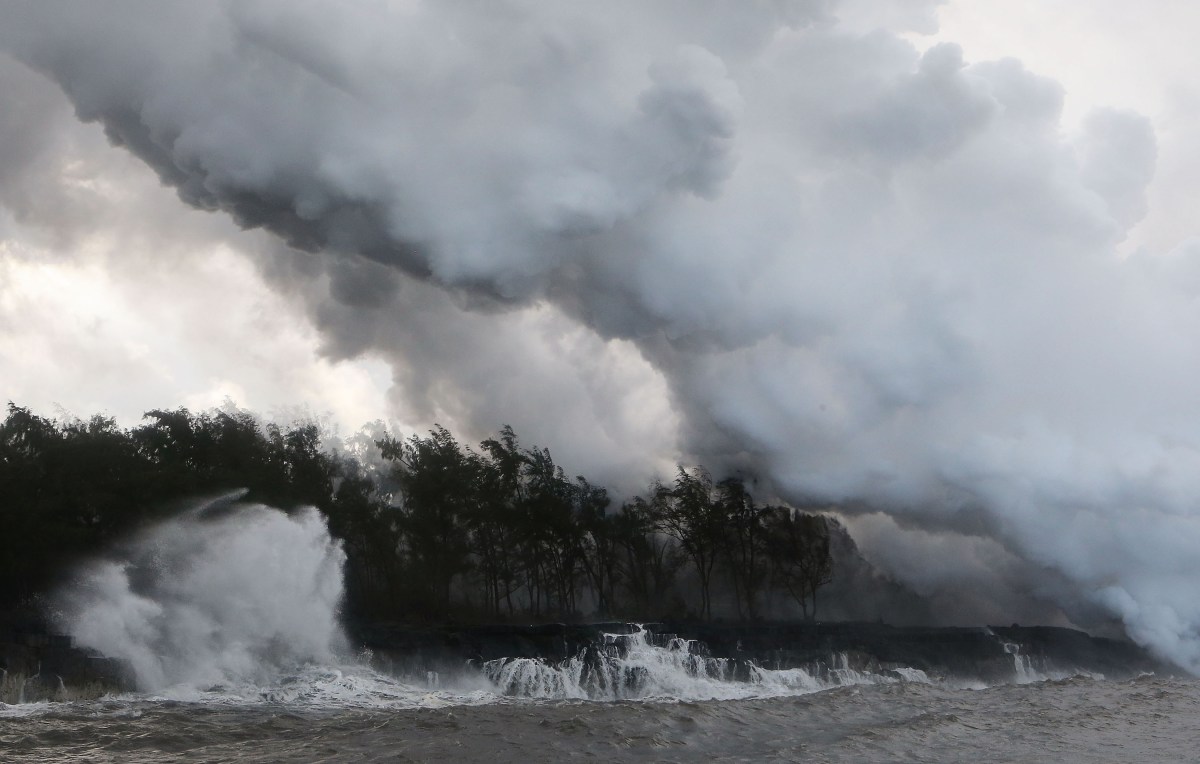The Hawaiian Volcano Observatory has spent the past several days watching two active lava flows near MacKenzie State Park on the island of Hawai’i, according to the Honolulu Star-Advertiser. As of 11 p.m. last night, levels of sulfur dioxide were rising in Kamaili, Seaview, and Malama Ki, all locations downwind of the active lava vents.
There is also the problem of a “laze” plume, which is created when hot lava touches cold seawater. The resulting laze appears in the form of steam containing glass particles and hydrochloric acid. Laze makes breathing harder and annoys the skin and eyes.
As of yesterday, the Observatory was warning that the laze could affect areas as far as 15 miles downwind of the lava flow on the ocean.
Thanks for reading InsideHook. Sign up for our daily newsletter and be in the know.


















